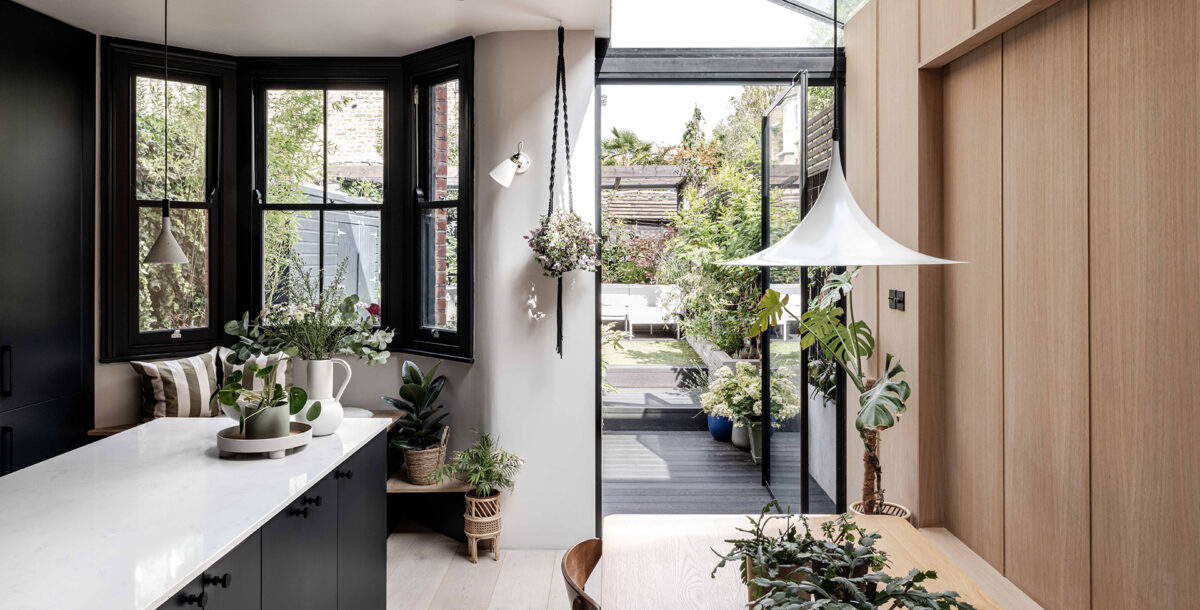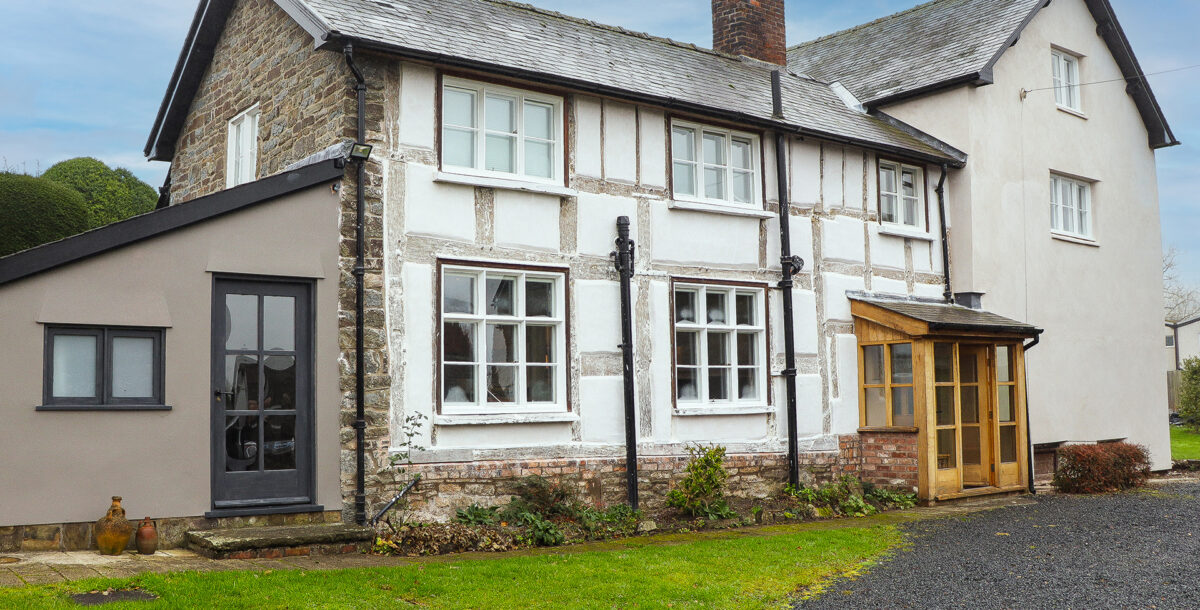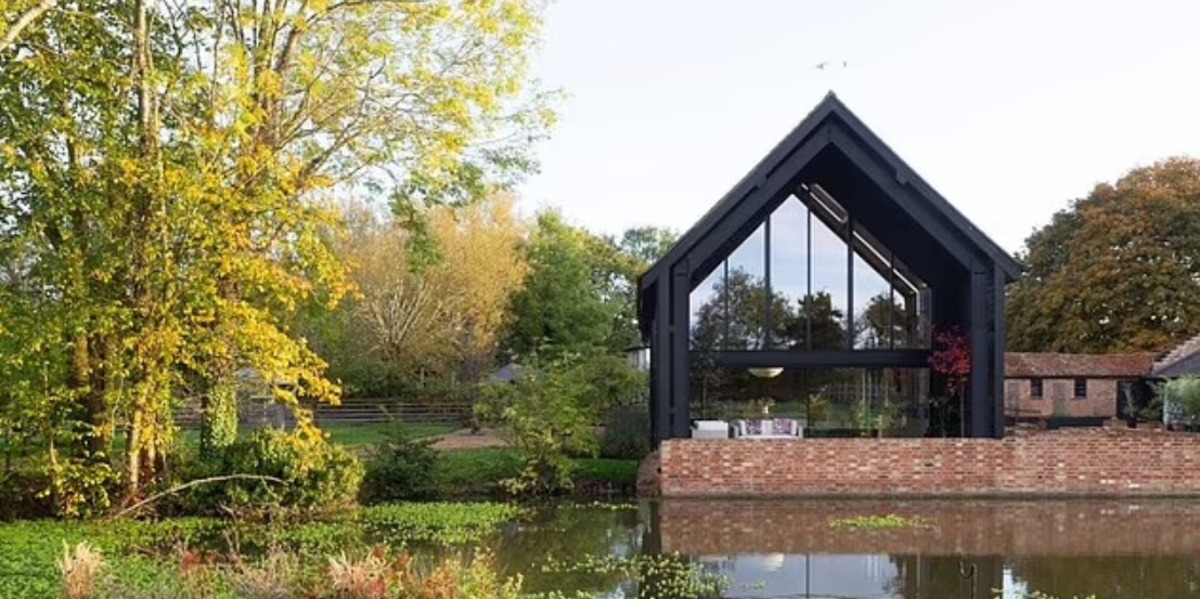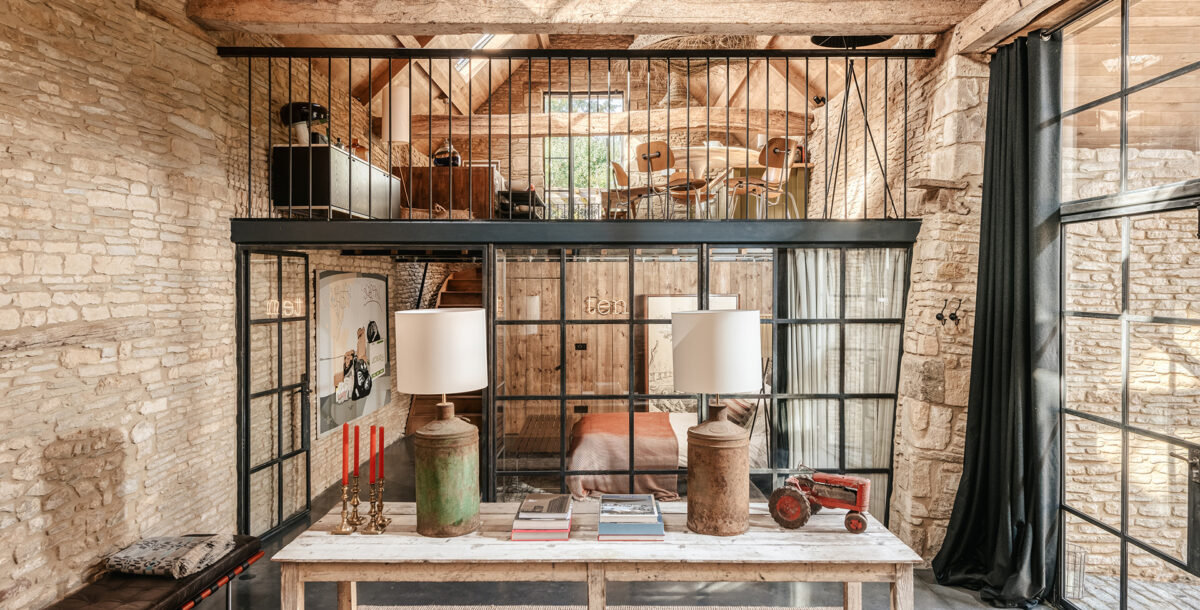Listed building consent: what is it and when do you need to apply for it?
If you live in an historic property, chances are you will need to apply for listed building consent as well as planning permission if you want to do work on your home. This is what's involved...
If you live in an old building (certainly one built before 1800), there is a strong chance it will be listed. That means you will need to jump through extra hurdles before you can do any structural work on the property. You must obtain what is known as ‘listed building consent’, in addition to planning consent, before undertaking building work.
The consequences of not doing so can be serious: unauthorised work on a listed building can be a criminal offence. It can also lead to enforcement action, which forces you to undo all the work and restore the building to its former glory.
What is a listed building?
Buildings are listed to reflect their special or historic qualities. Listed status gives them extra protection within the planning system. There are about 350,000 listed buildings in England alone. Most of these are old. Pretty much any pre-19th-century building that survives in anything like its original state will be listed. On the other hand, it is quite hard for modern buildings to earn listed status. They must generally be more than 30 years old and meet tough criteria of “outstanding quality”.
There are three grades of listed building. Grade I are the most exceptional buildings and only 2.5% of listed buildings are classed at this level. Grade II* are particularly important buildings and account for another 5.5% of listed buildings. Finally, Grade II buildings are of special interest and this category accounts for 92% of all listed buildings.
Listed buildings are included on a register known as the National Heritage List for England, which is maintained by Historic England. You can check this list to confirm whether or not your property is listed. There are separate lists of special and historic buildings in Wales, Scotland, and Northern Ireland. If your property is Grade I or Grade II* listed, you will need to consult Historic England and the local authority if you want to make changes.
Listed building consent
If you live in a listed building and want to do work on your home, you will probably need to apply for listed building consent as well as planning permission. This is a separate permission required for work on historic buildings, which should be applied for from your local authority at the same time as planning consent.
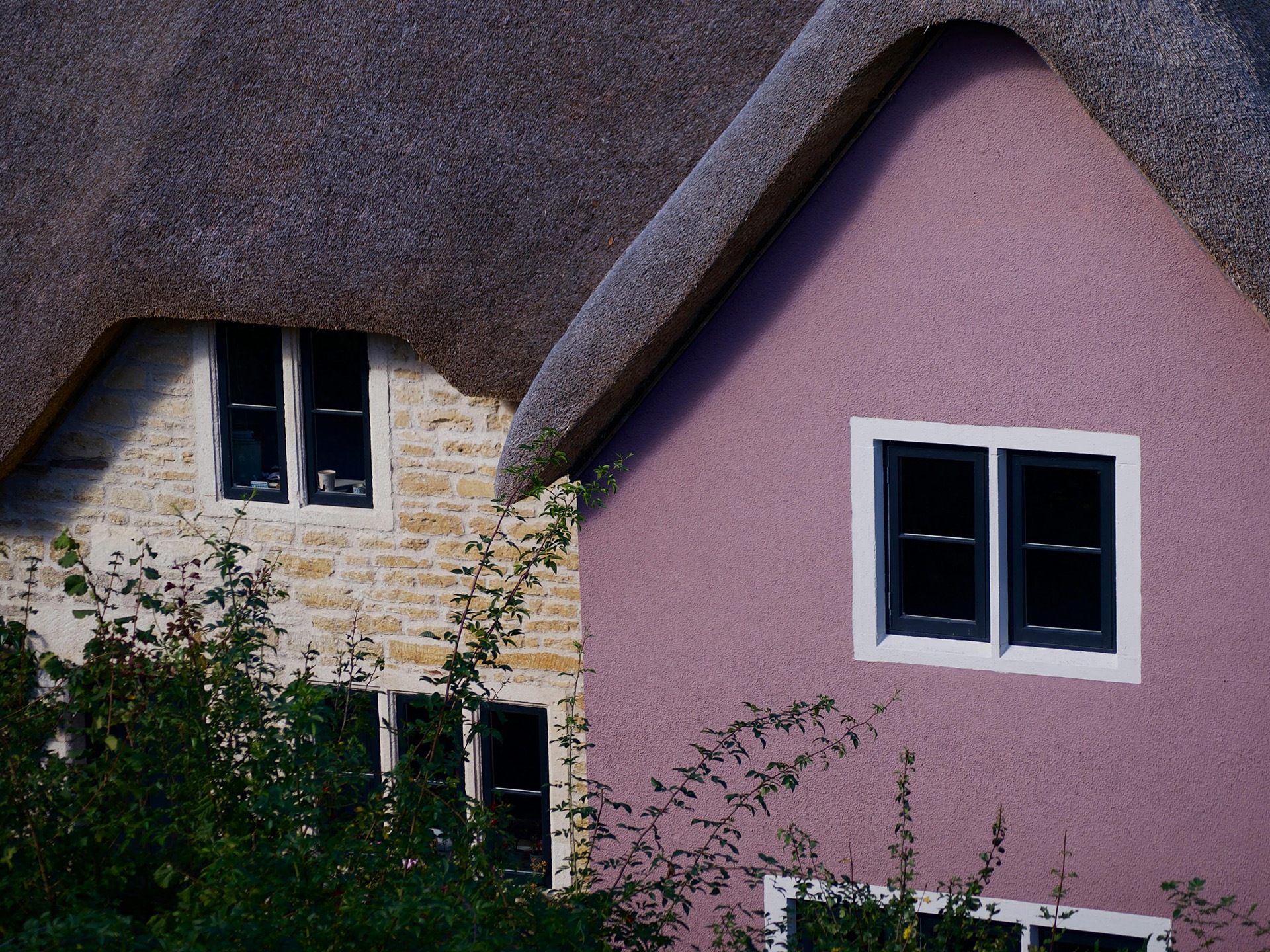
Image credit: Pexels/Kristina Thomas
What is covered?
It’s important to realise that, from a planning point of view, a listed property includes the building itself, any object or structure fixed to it, and any object or structure that has been within the building’s curtilage since 1948.
So, you are likely to need to get permission for pretty much any structural work you want to do on a listed building. This includes additions, extensions, demolitions, and smaller changes to fixtures such as light fittings, built-in cupboards, doors, windows, roofs, guttering, and stairs. Repainting will likely be OK, but stripping paint may require permission. Effectively, before doing any work, you must check what’s allowed and what needs permission.
It’s worth noting that a listing protects the house as it was at the time it was put on the list. So, even if you want to undertake works that you believe will take it back closer to its original state, you may still need to apply for listed building consent. On the other hand, you’re unlikely to need permission to replace a relatively modern fitted kitchen or bathroom, however, because these do not contribute to the historic qualities of the property. Annex 1 of Historic England’s Advice Note 16 on Listed Building Consent gives a list of common jobs and the circumstances in which they will and won’t require consent. But it’s always best to check.
Check your listing
If you look at your property’s listing, it will probably say which of its historic features are regarded as special and contribute to its being worthy of listing. However, to reiterate, to be safe, it is a good idea to talk to your council’s conservation officer before doing anything. They will be able to advise on whether what you are proposing is likely to require listed building consent.
Some older listings are a little light on detail, which can make it harder to know if work you are proposing is likely to need consent. To tackle this problem, Historic England offers a service called a listing enhancement. This is a paid-for service that involves ‘fleshing out’ a listing, to give more detail about what is special about the building.
Conservation officers
Conservation officers, also known as historic buildings inspectors, are employed by local councils to oversee work done to heritage buildings in their area. The process for seeking advice from a conservation officer varies from council to council. Nowadays, free advice is thin on the ground, and you may well have to use your council’s paid-for pre-application advice service for listed building consent applications. There’s some interesting research here by the Institute of Historic Building Conservation that highlights the variable quality and quantity of the advice on offer in different local authorities; the fact you might not get to speak to a conservation officer but rather a general planning officer; and the variety in fees charged. It’s a real mixed bag, with huge variance in the service you’re likely to receive depending on where you live.
There are ways to get more general advice. For example, the Society for the Protection of Ancient Buildings has a free telephone advice line and an excellent “knowledge base” of material related to the repair and maintenance of old buildings on its website. The Listed Property Owners’ Club is a membership organisation that offers members advice on things like listed building consent, as well as other services, such as specialist insurance.
There are other potential sources of advice at the foot of this page. If you are working with a specialist heritage architect, surveyor or builder, they will usually have a good idea of what is permissible too. Or you can spend money and employ a specialist historic building consultant. But the ultimate arbiter of whether listed building consent is required, and of what you are proposing is suitable, is always going to be your local council’s historic buildings inspector.
Work on listed buildings
When it comes to planning the work, the unofficial rules about what materials, techniques and architectural styles you can use can be prescriptive. Historic England published a useful general introductory Guide to Owners of Listed Buildings. This offers advice on the style and type of repairs and improvements likely to find favour with conservation officers. For example, it recommends extensions on historic buildings should be “lower and smaller” than the original building, and added at the back. Materials, meanwhile, should match those in the original building in most cases.
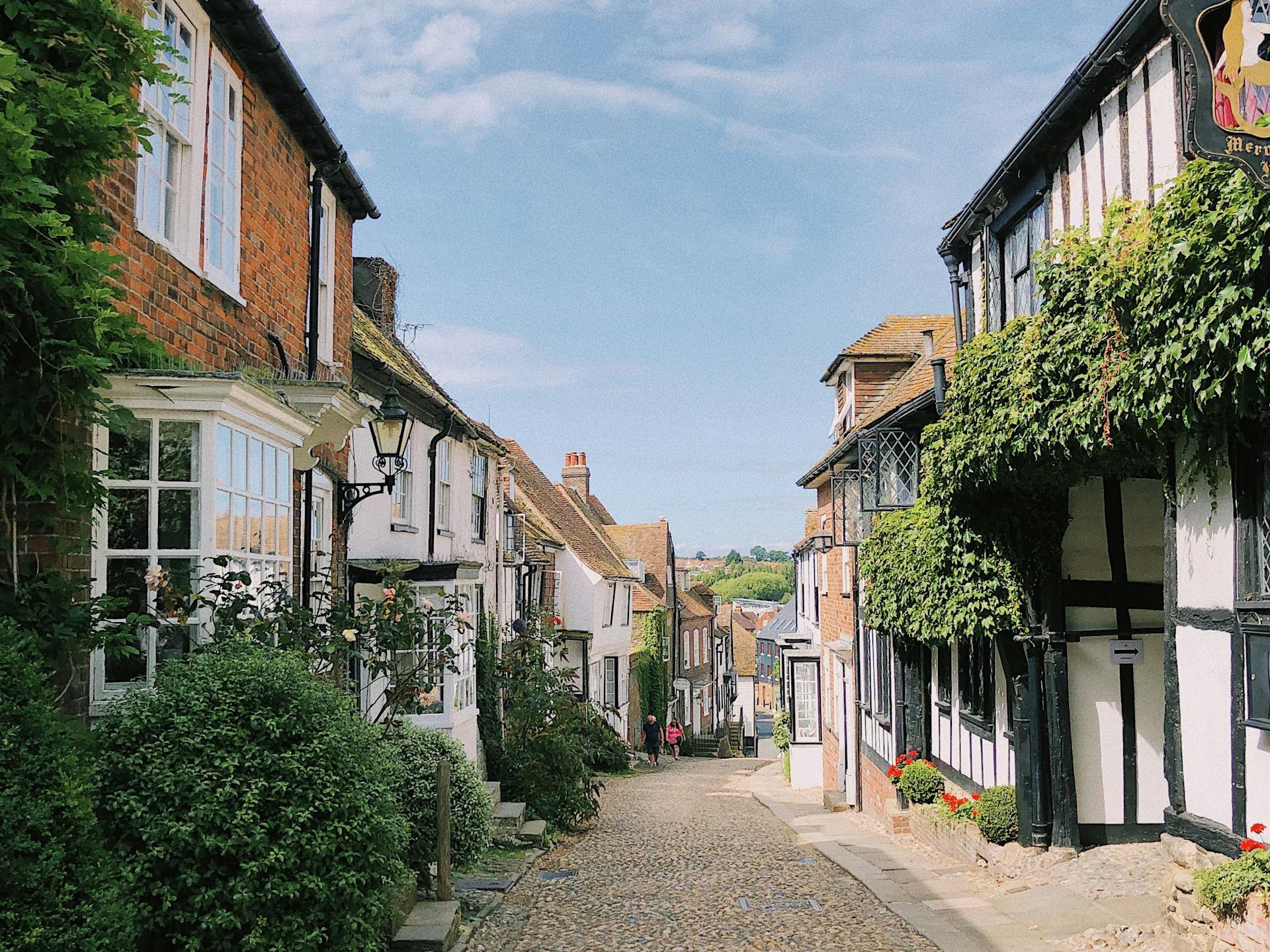
Image credit: Pexels/Lina Kivaka
How to apply
For a full deep dive into the process consult Historic England’s Advice Note 16 on Listed Building Consent. Your application will need to include:
- a site plan
- a location plan
- design and access statement
- a description of the proposed works (including existing and proposed materials and finishes) and which part(s) of the building are going to be affected
- a heritage impact assessment that will allow the local authority to assess the impact of the works on the building.
Historic England recommends you use the following steps to plan your application:
- Understand the history, form and materials of the listed building, and its setting where relevant
- Analyse and understand its special interest
- Develop the proposal, so as to conserve that special interest
- Work out whether the proposal would harm that special interest
- Consider alternatives which avoid or minimise any harmful impacts on special interest and take opportunities to better reveal or enhance it
- Justify any remaining harmful impacts
- And, where harm is permitted by listed building consent to important elements of a listed building, an analysis and record of elements being lost may be made, disseminated and archived.
Essentially, this means you need to understand the “special interest” of your building (what about it makes it worth listing), and try to find a plan that will let you do the work you desire in a way that won’t impact this aspect of the building. Regarding the heritage impact assessment, the information you provide need only be proportional to the historic interest of your house. The guidance says that “where significance and/or impact are relatively low, as will be the case in many applications, only a few paragraphs of information might be needed”. Dig down into the Historic England Advice Note for more information.
When you have all your information ready, you apply through the Planning Portal.
How long does it take?
Local authorities are supposed to grant listed building consent within eight weeks. This includes a period of three weeks during which neighbours and others with an interest are allowed to comment on your proposals.
How much does it cost?
There is no fee for a listed building consent application. However, in most cases, you will simultaneously be submitting a planning application, which will attract a fee. You may well have incurred costs by paying for pre-application advice from your local authority and/or having to consult experts to help you draw up your application.
Conservation areas
It’s also worth remembering that many listed properties lie within conservation areas. In these specially protected areas, permitted development rights often don’t apply, so there is more chance you will have to apply for planning permission when you do even small-scale building works on your home.
The future
The government has indicated that it wants to make it easier for the owners of listed buildings to make energy-efficiency improvements. In January 2024 it published Adapting Historic Homes for Energy Efficiency: A Review of the Barriers, which suggests that a new mechanism called “local listed building consent orders” could be a way to circumvent the red tape that currently puts some listed-building owners off adopting low-carbon technologies. Issued by local councils or the Housing Secretary, these will grant blanket permission to everyone within a certain area to install heat pumps and solar panels. So watch out for further news of these.
Useful sources of advice
English Heritage has a list of accreditation schemes and membership bodies for conservation professionals, which link to lists of members.
The Institute of Historic Building Conservation has a great list of all kinds of heritage building contractors and specialists.
The Listed Property Owners’ Club also has a suppliers directory.
The Victorian Society has useful advice on period features in Edwardian and Victorian properties.
The Georgian Group has lots of leaflets on period features in Georgian buildings.
The Society for the Protection of Ancient Buildings has an excellent ‘knowledge base’ of material related to the repair and maintenance of old buildings, plus a telephone advice line.
For informal advice, join the Listed Buildings Owners’ Group on Facebook.


